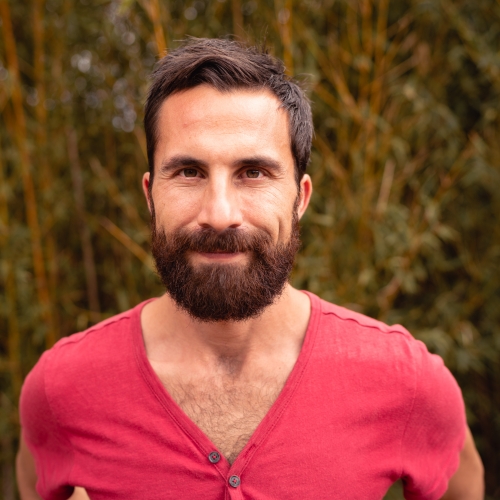Communities move through different stages and the role of the community leader changes as the community moves through its lifecycle.
At the inception of a community, the leader’s main role is to provide clarity on the intention of the community and attract the right people for building the foundation together. As the community grows, the focus shifts to distilling the value proposition and creating guidelines for how to show up together. At the maturity stage, it’s key to establish clear roles for sustaining the community and find an economic model to fund these roles. When the community dissolves, the main role of the leader is to facilitate a healthy closure by appreciating what has been created and resolving any outstanding conflicts.
We are still in the inception phase and have chosen a prototyping approach to finding out what this community really wants to be. We started with a loose intention of building a community for community builders and have spent the past 6 months experimenting with various formats to deepen our relationships and create value together, e.g.:
- Coming together for a kick-off gathering to get to know each other and create the foundation for the Experiment;
- Breaking into home groups of 4-5 people to create an intimate space for personal support by doing monthly case clinics together;
- Hosting regular learning calls to exchange our wisdom around a question we want to explore together;
- Pulling each other into shared work projects to explore collaborating in fluid constellations;
- Meeting again in person for a second gathering after 6 months of experimenting in the virtual space to distill what has created value for us and how we want to move forward together.
We are now at a stage where we have a much better sense of what the deeper intention of this community might be and are using the Community Canvas to articulate the main building blocks for how we want to be together. Once we are clear on the shape and direction of this community, we will give it a new name that reflects its true identity and will ask everyone to recommit to moving forward together.
You could say that we just completed the “forming” stage of Tuckman’s group development framework and are currently going through some “storming” to arrive at the shared “norms” that are needed to “perform” as a community.
Three examples come to mind:
- The League of Intrapreneurs has spent the past 3+ years creating the foundation for its global learning community of intrapreneurs, i.e. people driving change from within institutions, becoming clear on its core intention and value proposition. It is now set to grow its membership base and funding model so that it can sustain itself financially.
- Enspiral is a fascinating community focused on doing meaningful work together, experimenting with self-organization and creating shared abundance. It was created 10+ years ago in New Zealand and recently released an insightful book on what they learned in this time together. They are definitely in the maturity stage and just had a gathering to survey its membership regarding what it would take to recommit for another 10 years to make sure it doesn’t dissolve.
- Impact Hub is also clearly in its maturity stage after having grown to 100+ coworking spaces around the world and now needing to find new ways to deepen the value proposition and keeping the energy alive with so many people in the network. The network has changed its global structure every 4-5 years and is bound to reinvent itself once again to make it to the next stage of its evolution.
The key is to have a regular practice of dialogue where the community comes together to make sense of what reality they are in and what’s needed to move forward together. This requires a culture of deep listening and sometimes external facilitation to move through the “groan zone” together, especially when there is conflict in the community.
Conflict can be very generative but also tear a community apart when it’s not dealt with properly. So it’s wise to have a practice for how to deal with conflict constructively before it becomes toxic. Not doing so is the primary reason most communities fall apart in my experience.
I’ve never experienced a community that closed well. I’ve seen communities break up with a lot of pain or slowly bleed to death when conflict was not dealt with.
I believe what would be needed is some kind of ritual that allows people to express their grief as well as appreciation for what was created together – and thus reach closure with dignity. What might a community funeral look like?

